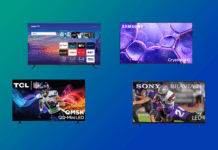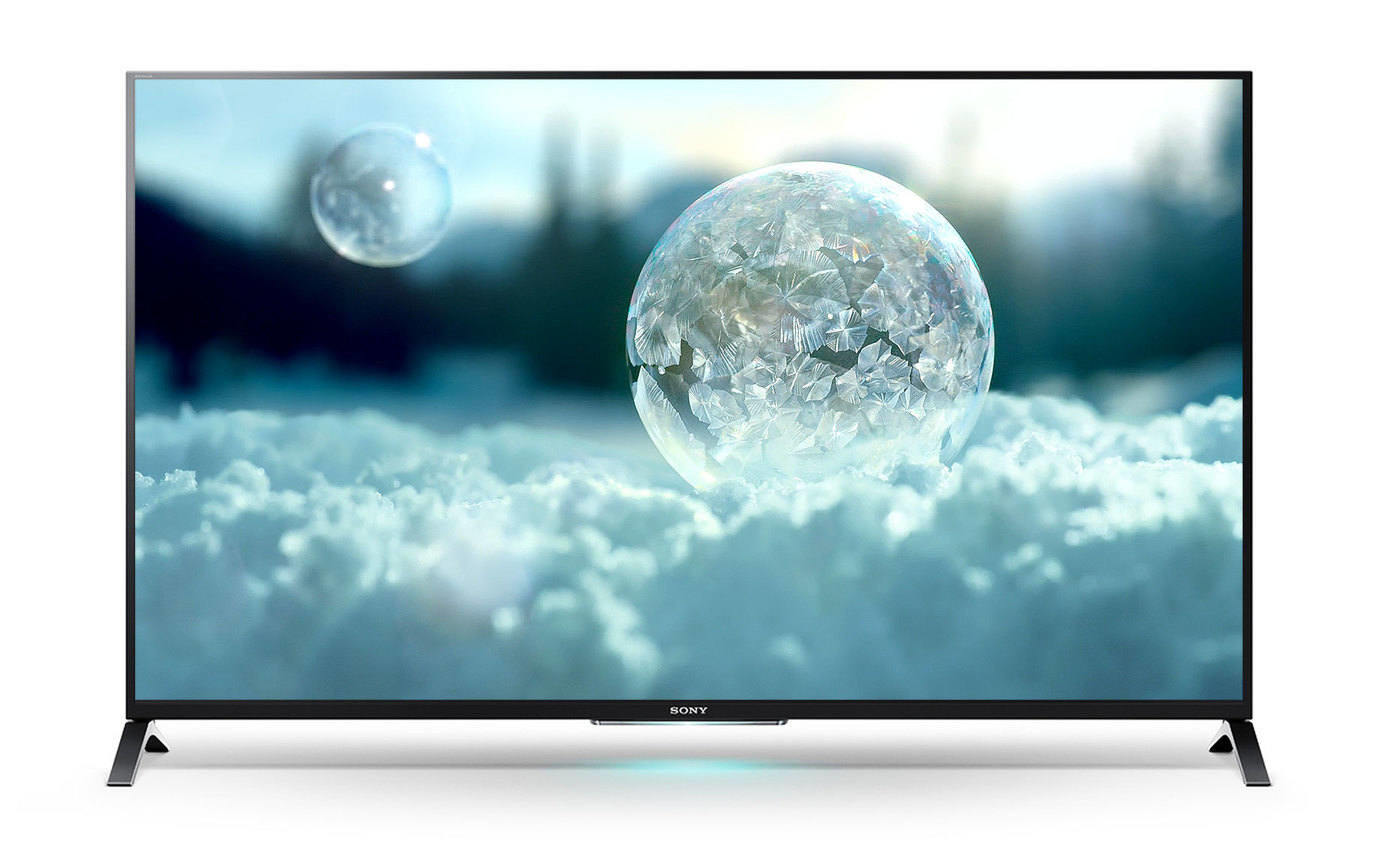 You’re hearing a lot about 4K TV and over the next few years, you’ll only hear more. 4K TV is relatively new to the market. While the technology existed commercially as far back as the early 2000’s, it wasn’t available widely to consumers until this decade. Also called Ultra HD, 4K TV has caught on because it’s the best possible picture available. As I’ve written before, 4K is “Ultra HD”, or in layman’s terms, “really, really HD”. It’s the new term for the new standard for TVs.
You’re hearing a lot about 4K TV and over the next few years, you’ll only hear more. 4K TV is relatively new to the market. While the technology existed commercially as far back as the early 2000’s, it wasn’t available widely to consumers until this decade. Also called Ultra HD, 4K TV has caught on because it’s the best possible picture available. As I’ve written before, 4K is “Ultra HD”, or in layman’s terms, “really, really HD”. It’s the new term for the new standard for TVs.
Millions of Pixels Makes 4K Better
The ‘4’ part of 4K TV comes from the approximate number of horizontal pixels; there are about 4000; a regular HD TV has only about 2000 pixels. So with over eight million total pixels, Ultra HD gives your choice of video entertainment life-like colour, vivid brightness, and authentic, realistic detail. I’ve vastly oversimplified the technology explanation, but you get the idea. So what are those 8 million pixels doing for you? They supply more detail, more sharpness and more colour options; in all, a much more realistic image on your screen.
|
4 reasons to adopt 4K 1. Great Picture. Those 8 million pixels provide colour, clarity and detail like you’ve never seen before! Only real life looks realer! (Is that even a word?) With four times the pixels of Full HD, you can enjoy that stunning clarity and detail at any distance. 2. Great TV shows are available, and the content list is growing. 3. 4k is everywhere with upscaling. Even if your favourite shows aren’t yet being produced in 4K, you can still watch them in UHD quality with built-in upscaling. 4. You can create & view your own content. Shoot your own 4K video with 4K camcorders, phones, drones and more. Using a GoPro camera to shoot your adventures is just one example. Want to go even further? You can shoot and share stunning 4K aerial video with a drone camera like the DJI Inspire 1. |
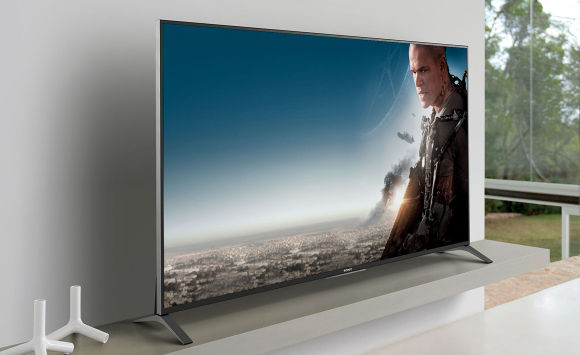
Do I call it 4K, or Ultra HD?
The answer appears to be: both. But the issue is not without its confusion. As Digital Trends explains, “in 2013, a Consumer Electronics Association (CEA) group decided that, to end confusion and make marketing easier, Ultra HD (UHD) should be the official name for the new resolution standard. Unfortunately, people have been calling it 4K for long enough that making the transition to Ultra HD hasn’t been so smooth. Some manufacturers, like Sony, insist on calling it 4K anyway, which doesn’t help matters.” So for now, and until a jury decides, I’m going to use both terms for clarity.
The Content is Growing
There’s been a complaint ever since 4K TV hit the consumer market, that there’s nothing to watch. It’s a valid complaint because true 4K content has been slow in coming. Fortunately, producers are making the change, but you may be wondering why there’s such a delay.
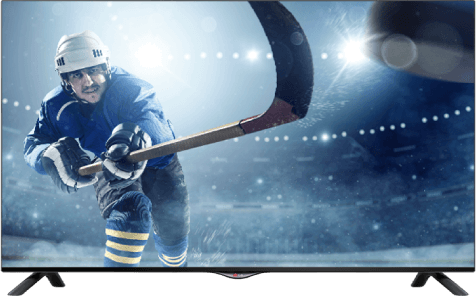
Remember all the elation and confusion over the networks’ switch from standard definition TV to HD? It was a big deal because they had to change over the cameras (and all other associated technology) they use to shoot shows, news etc. It takes time and it’s a massive investment, particularly when you consider broadcast-quality cameras start in the tens of thousands of dollars each. So while most TV nowadays is shot in HD, it will soon migrate to being shot in Ultra HD or 4K. Will that happen instantly? No. But for now, many programs can be, and are being upconverted to display in Ultra HD (more on that below).
There are some content providers who’ve already adopted this format for their broadcasts; ESPN is said to be broadcasting some UHD/4K programming on it’s regular HD channels (but yes, for now, still smarting from the failure of 3D broadcasting, it scrapped plans last year for an all-UHD channel). Sony, which has been pioneering the Ultra HD format, touted it was bringing out much more Ultra HD programming, and has even introduced a 4K media player it says, “gives you access to the largest collection of movies and TV shows available in 4K Ultra HD, plus it lets you store personal videos from your 4K camcorder.” Even if you don’t own a Sony 4K TV, the company says the media player is a great way to upgrade compatible Ultra HD TVs from other manufacturers.
After broadcasting the first ever 4K World Cup soccer game in 2014, Brazilian TV provider Globo has announced that it is also now picking up the rights to the 2018 and 2022 FIFA World Cup broadcasts. Sports programming looks particularly excellent in 4K/UHD, and you can expect more die-hard sports fans to demand this level of realism for their broadcasts in the future. Many European providers like Sky and BBC are already producing 4K content, but most interestingly; you may not even need a 4K/Ultra HD TV to experience the content. As Wired points out, “your first foray into 4K video may not even involve a TV at all. Smartphones and tablets are often described as our ‘second screens’, but they’re increasingly the ones we rely on” for getting a quick look at video. Wired thinks that when this Ultra HD transition is complete, your phone and your tablet will be full-on portable 4K TVs.
Netflix Leads the Way
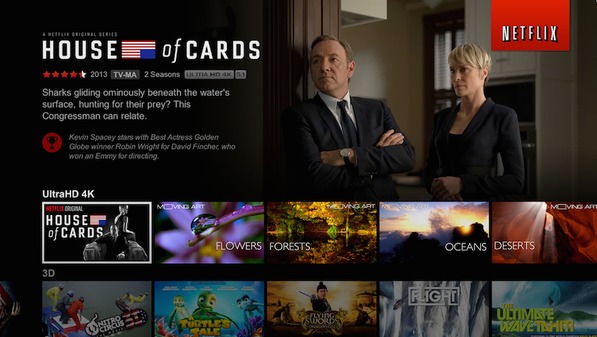 Direct-to-you TV provider Netflix is also delivering on its Ultra HD/4K content promises of a couple years ago, and is now leading the industry on 4K television programs with House of Cards (and Breaking Bad before it wrapped), plus Marco Polo, and The Blacklist. Netflix 4K movies include The Smurfs 2, Philadelphia, Jerry Maguire, Crouching Tiger, Hidden Dragon, and a host of documentaries like Oceans. Despite the fact many households are slow to catch up to 4K technology, Netflix is seeing the future and blazing a trail the rest of the TV market is only now starting to follow. Writes Wired in a different article, “Netflix sees where the world is moving, and unlike others, it’s in a position to accelerate the process. Netflix was the first to roll out 4K, says Avi Greengart, a research director with market research firm called Current Analysis, because many others didn’t have the option. “It could, and its competitors can’t,” Greengart says. “4K requires more bandwidth than many cable and satellite systems have available.”
Direct-to-you TV provider Netflix is also delivering on its Ultra HD/4K content promises of a couple years ago, and is now leading the industry on 4K television programs with House of Cards (and Breaking Bad before it wrapped), plus Marco Polo, and The Blacklist. Netflix 4K movies include The Smurfs 2, Philadelphia, Jerry Maguire, Crouching Tiger, Hidden Dragon, and a host of documentaries like Oceans. Despite the fact many households are slow to catch up to 4K technology, Netflix is seeing the future and blazing a trail the rest of the TV market is only now starting to follow. Writes Wired in a different article, “Netflix sees where the world is moving, and unlike others, it’s in a position to accelerate the process. Netflix was the first to roll out 4K, says Avi Greengart, a research director with market research firm called Current Analysis, because many others didn’t have the option. “It could, and its competitors can’t,” Greengart says. “4K requires more bandwidth than many cable and satellite systems have available.”
Upscaling Bridges the Gap
While the content available in 4K isn’t copious, it is growing rapidly. In the meantime, there’s what’s called “upscaling”. To simplify, the TV has a microchip that converts the existing HD video signal from your TV, to a 4K image automatically. It’s more complicated than that, but in a nutshell, it boosts the picture quality, from great to phenomenal. You can also improve the quality of old movies and shows, and even videos you shot on your drone, GoPro or cell phone can be enhanced to look better on a 4K TV. It’s worth noting that some upscaling works better than others, so it’s a good idea to read reviews before you buy.
Who’s Making 4K TV?
4K/Ultra HD TVs (in sizes from 40 to 85 inches!) are already on the market, thanks to manufacturers like Sony, plus Smart-TV leader VIZIO, not to mention Panasonic, Samsung, and LG.
So What Does This Mean for ME?
So back to our original question, why would you want a 4K TV? To sum up:
1. The picture quality is much better. You’ll notice it, and you’ll love it.
2. Content gaps are being filled, by both new made-in-4K programs, and by the capabilities of upscaling.
3. You’re getting the future NOW. 4K/Ultra HD TV isn’t going anywhere, so if you’re looking at buying a new TV, it makes sense to get one that’s future-ready.

